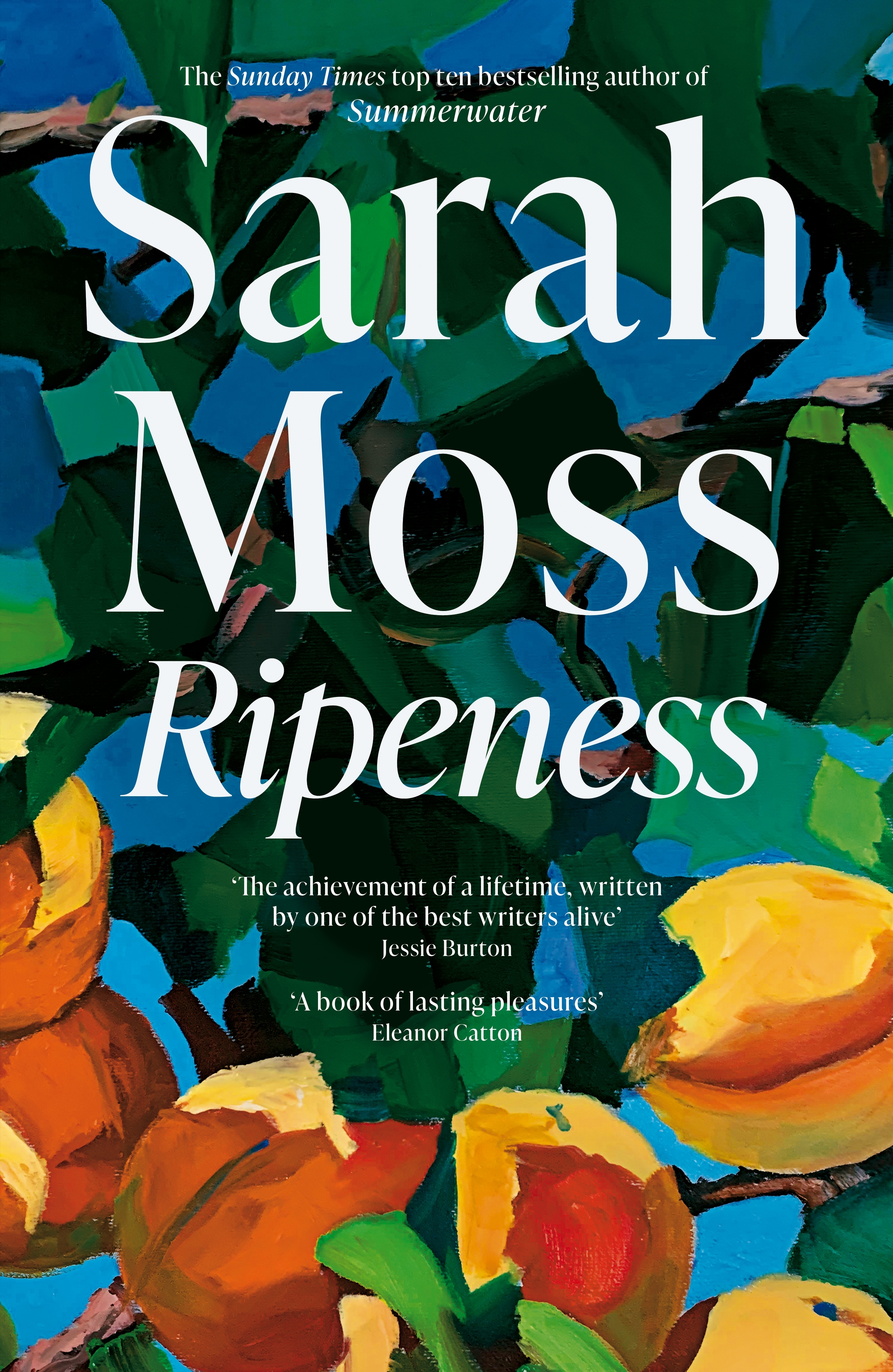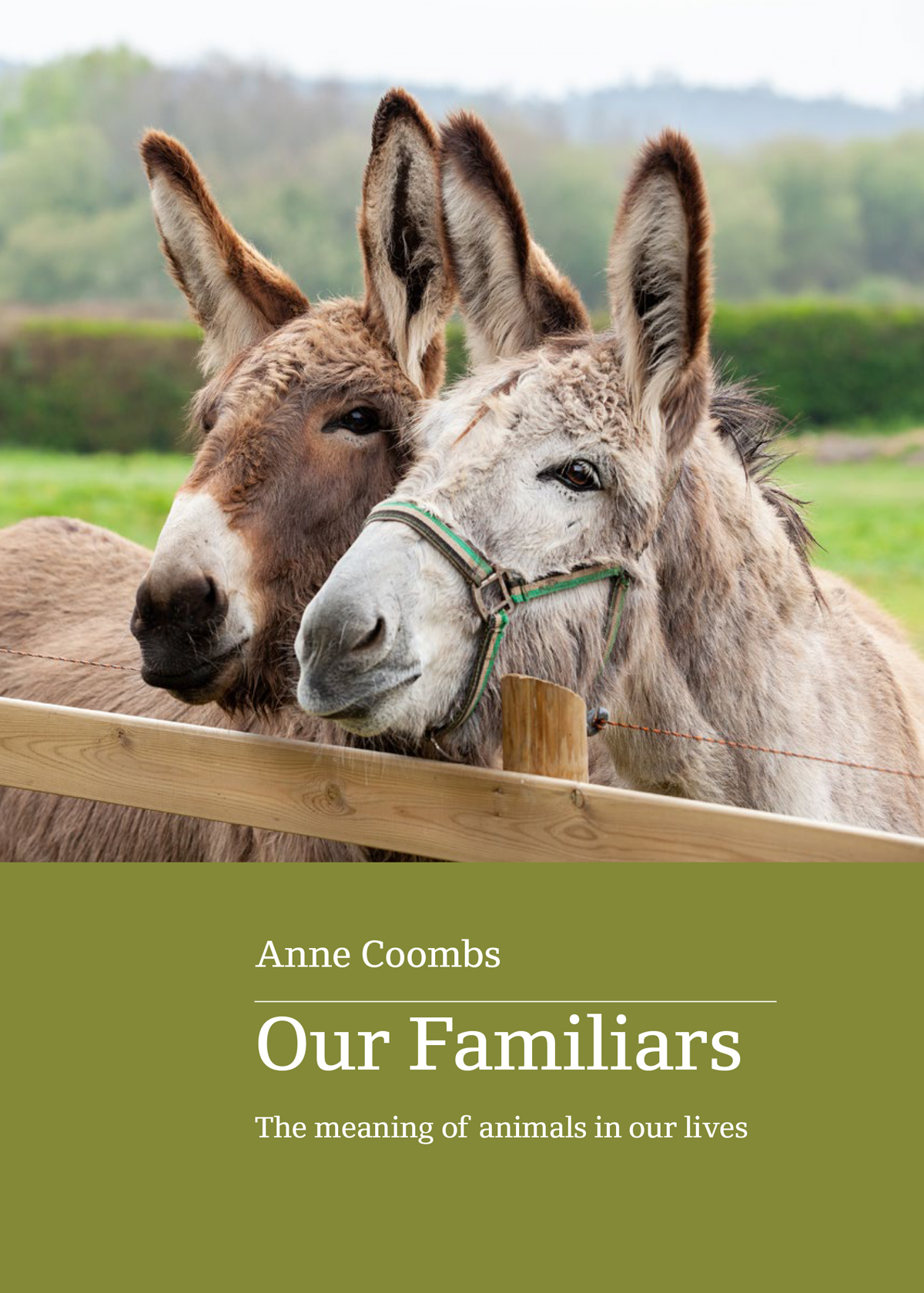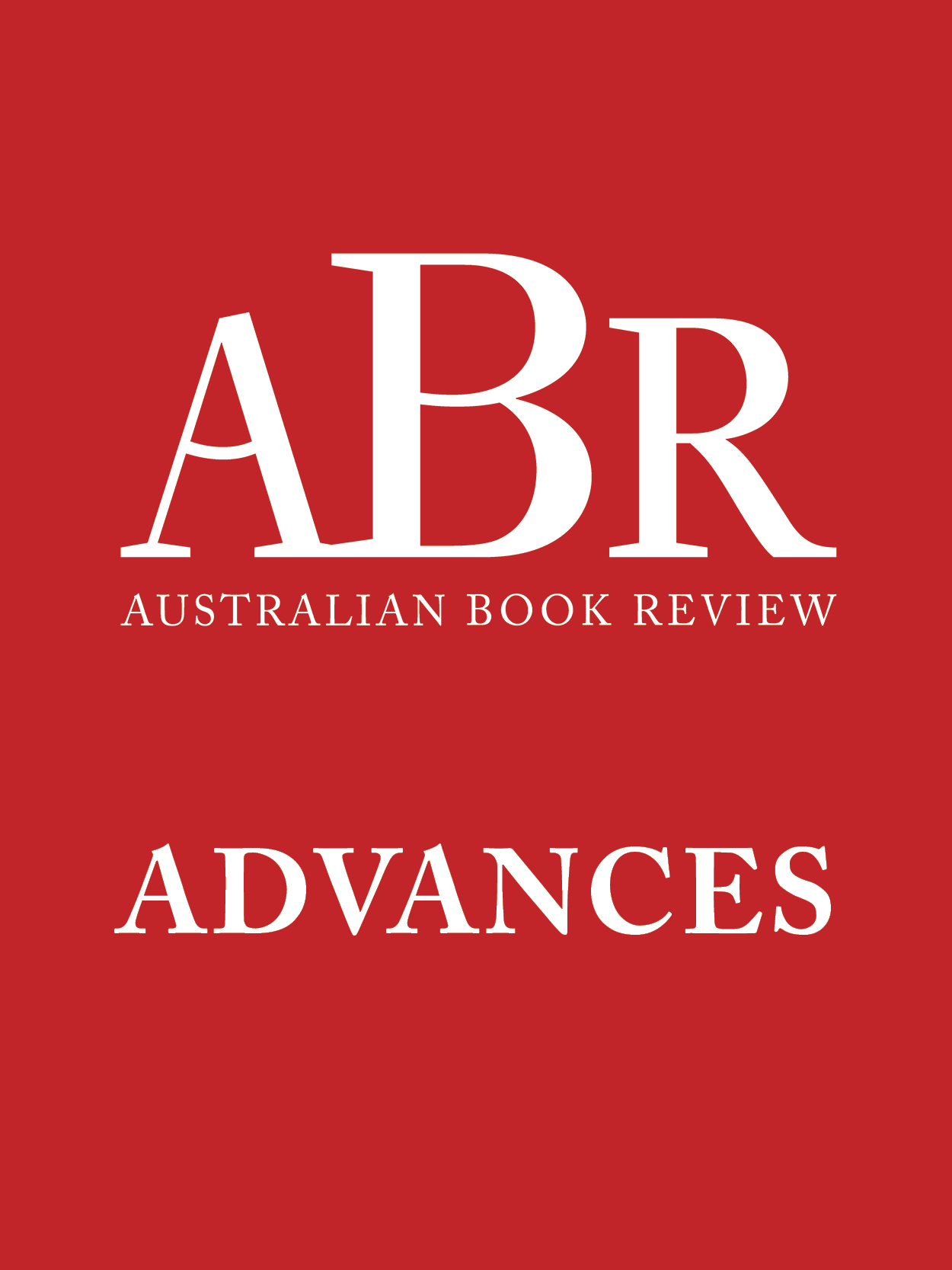Capital Designs: Australia House and visions of an imperial London
Australian Scholarly Publishing, $49.95 pb, 436 pp, 9781925801316
Capital Designs: Australia House and visions of an imperial London by Eileen Chanin
In the 1970s, before Malcolm Fraser (ahead of his time) tightened security and made most of the place a no-go zone, Australia House – a regular embassy – also functioned as an informal social amenity for visiting Australians. There was a howling disjunction between their friendliness to compatriots, and the sombre, almost processional formality of the central hall. Newspapers were spread on long tables: manna from Oz. The fustian nature of the place was a constant reminder of how removed Australia then was from the rest of the world. In four years of living in England, I heard ‘God Save the Queen’ at public functions only twice: once at Covent Garden for Princess Margaret, and then at a concert in Australia House.
Eileen Chanin’s exhaustive study of the building makes it plain that such convergence was its prime purpose. Australia (contrary to the common view that it became a nation in 1901) was still largely seen as ‘an imperial unit’ – albeit one with its own distinctive character. Chanin draws attention to the way that George V personalised the link. Twice he had been to Australia, once to open the first Federal parliament in Melbourne’s Exhibition Buildings. So it was entirely appropriate that he should both lay the foundation stone and return to open the building in 1918. On that occasion shouts of ‘Cooee!’ echoed down the Strand. Australians felt they had a home in the imperial capital.
Continue reading for only $10 per month. Subscribe and gain full access to Australian Book Review. Already a subscriber? Sign in. If you need assistance, feel free to contact us.











Leave a comment
If you are an ABR subscriber, you will need to sign in to post a comment.
If you have forgotten your sign in details, or if you receive an error message when trying to submit your comment, please email your comment (and the name of the article to which it relates) to ABR Comments. We will review your comment and, subject to approval, we will post it under your name.
Please note that all comments must be approved by ABR and comply with our Terms & Conditions.